
Review on ❄️ Arctic Silver AA 1 | 75g Ceramic Compound by Richard Cunningham

Not as effective as standard thermal paste
First of all, I'm almost convinced that the amount of thermal paste is a more important cooling factor than the type - you need enough to seal the joint between the heatsink and the CPU. The plates heat up, but not so much that there is a significant layer of lubricant between them. After using this lube when going from an i3 processor to an i7 in my laptop, I began to overheat, causing the computer to freeze as it neared the processor's thermal rating. I figured it was just an imperfect processor or poorly designed cooling (although the laptop's specs said it supported the new processor). But the problem persisted (albeit to a lesser extent) even after going back to the old processor. The only major difference was the thermal paste. This leads me to the conclusion that this grease is less effective than the original Intel gray clay grease that came with the computer. In order not to have the problems that I have, it is worth buying a better lubricant.
- Dope 🔥
- Expensive
New products
Comments (0)
Top products in 🌡️ Thermal Management Products

Netac NV7000 NT01NV7000-1T0-E4X SSD, M.2, 1.0Tb, PCI-E x4, Read: 7200 Mb/s, Write: 6800 Mb/s, 3D NAND, 1400TBW, NVMe

11 Review
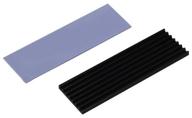
Heatsink for SSD ESPADA ESP-R1, black

13 Review
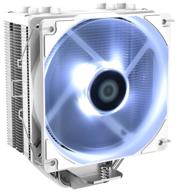
Cooler ID-Cooling SE-224-XT White (Intel LGA2066/2011/1200/1151/1150/1155/1156// AMD AM4)

26 Review
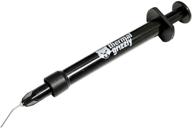
Thermal Grizzly Conductonaut Liquid Metal

10 Review
Another interesting products
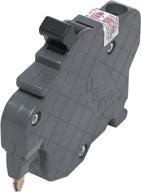
Electric Replacement UBIF020N Made in Connecticut

9 Review
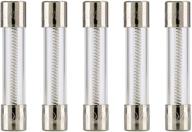
🔌 Bussmann MDL 2 Glass Delay Slow Blow

8 Review

🔌 Bussmann GMA 5A Acting Cartridge Listed: Reliable and Efficient Cartridge Fuse for Your Automotive Needs

7 Review
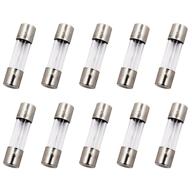
125V Industrial Electrical Fast Blow Glass Fuses - SIXQJZML Enhanced SEO

9 Review

